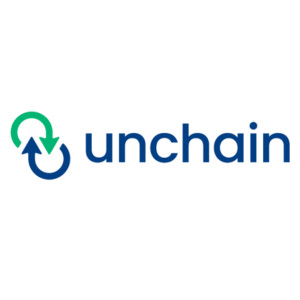 \
&
Contact us
\
&
Contact us
 \
&
Contact us
\
&
Contact us
Partnership website: https://www.jpiamr.eu/activities/one-health-amr/
The OH AMR partnership aims to coordinate and align activities and funding between countries as well as with the Commission. It will also facilitate national coherence between different services and ministries with responsibility for the various aspects of antimicrobial resistance (AMR) (e.g. human health, agriculture, environment, industry, finances).
The main goal is to contribute to achieving the objectives of the European One Health Action Plan against AMR and the WHO Global Action Plan on AMR, by reducing the threat of AMR.
Commission services: RTD-COMBATTING-DISEASES@ec.europa.eu
Contact JPIAMR: ohamr@vr.se
Partnerships group the EC and private and/or public partners, to coordinate and streamline the research & innovation initiatives and funding in some selected key domains.

The UNCHAIN project, ‘urban logistics and planning: anticipating urban freight generation and demand including digitalisation of urban freight’ obtained funding from the Horizon Europe’s Mobility Cluster. The project focuses on breaking down data silos and promoting public-private data exchange across a unified European mobility data space, enabling more informed decisions and greater efficiency. The City of Mechelen is a partner in the project and takes on the role of ‘follower city’: it will work alongside the primary demonstration sites (in Madrid, Berlin and Florence) to maximize the geographical coverage and replicability of solutions across Europe. Mechelen aims to test 2 concrete solutions in the UNCHAIN project, with the aim to help addressing its current and future challenges in urban freight distribution.